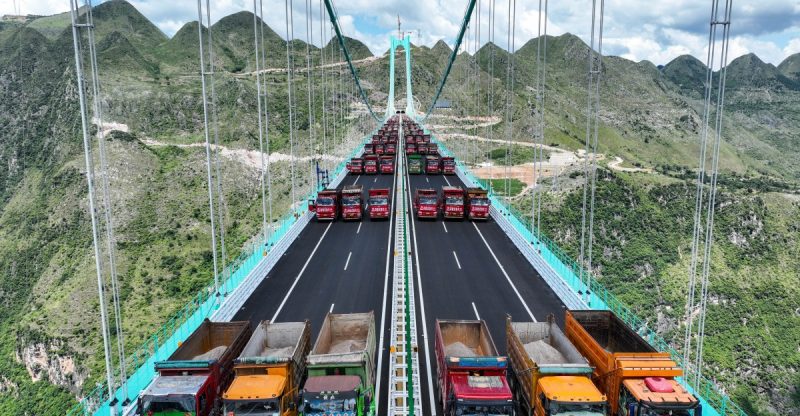
The recent completion of the Huajiang Grand Canyon Bridge, the world’s tallest, highlights a stark contrast in construction speeds between China and the United States. China seems to build everything—high-speed rail, solar farms, even entire cities—at a pace that leaves the US lagging far behind. Why is this the case?
One compelling explanation comes from Dan Wang, author of *Breakneck: China’s Quest to Engineer the Future*. Wang argues that the core difference lies not in resources or technology, but in societal structure. He suggests that the US operates as a society driven by lawyers, prioritizing legal processes and risk aversion, while China’s system is fundamentally engineered by engineers, prioritizing efficiency and rapid execution.
This difference manifests in numerous ways. In the US, extensive environmental impact studies, lengthy permitting processes, and complex legal challenges often bog down projects for years. In contrast, China’s centralized, more streamlined approach allows for faster decision-making and quicker implementation. This doesn’t mean that China’s approach is without its drawbacks; concerns about environmental impact and worker safety are often raised. However, the speed of construction is undeniable.
The contrast extends beyond infrastructure. China’s rapid advancement in technological sectors like solar and electric vehicles also benefits from this engineering-centric approach. The focus on achieving ambitious goals quickly fosters innovation and a culture of rapid prototyping and implementation. The US, while undoubtedly capable of technological breakthroughs, often struggles with the bureaucratic hurdles that impede swift progress.
Wang’s analysis suggests a need for a reevaluation of priorities. Is the US’s emphasis on procedural safeguards and legal protections worth the significant delays in crucial infrastructure projects and technological advancements? The question remains open for debate, but the comparison with China’s rapid development provides a compelling case for examining the balance between caution and efficiency in national planning and project execution.










